What is the difference between urea and ammonium nitrate?
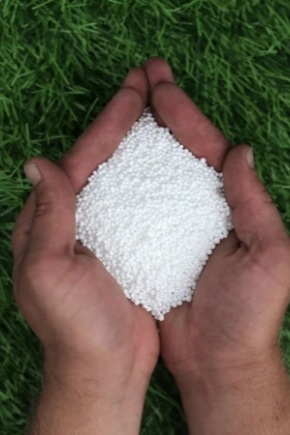
Any gardener and gardener understands that there is nothing to expect a good harvest without nitrogen fertilizers. Any crops need nitrogen, therefore, when it is deficient, they wither, grow poorly foliage and are susceptible to various diseases. To compensate for the lack of a substance, it is important to introduce fertilizing with nitrogen into the soil: urea and saltpeter.
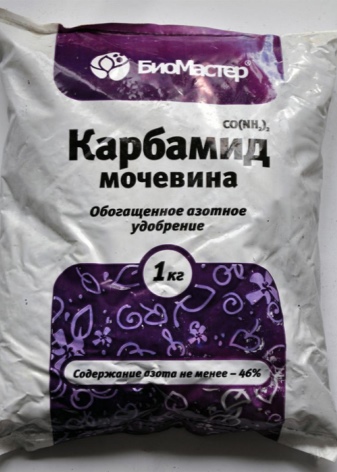

Is it the same thing or not?
In the agricultural sector, nitrogen fertilizers are used quite actively. They are introduced into the soil as the primary pre-sowing fertilizer during inter-row cultivation and foliar top dressing. Each type of nitrogen fertilizer has its own qualities and scope. Most agronomists prefer urea and ammonium nitrate for their composition (high nitrogen saturation) and for ease of use.
Ammonium nitrate
A type of mineral fertilizer produced in the form of white granules, sometimes with a gray, yellowish, pinkish tint. The diameter of the granule is approximately 2–4 mm. The product contains 34% nitrogen: 17% in the nitrate form, and the same amount is in the ammonia form. Produced with marking "A" and "B"... And also ammonium nitrate means ammonium nitrate or ammonium nitrate.
Saltpeter is good for regulating leaf growth, increases protein and gluten in cereals, and has a positive effect on yields. Nitric acid and ammonia are used in its production. The formula of this fertilizer contains 14% sulfur, a small percentage of magnesium, potassium and calcium. A product marked "A" is suitable for different crops and all climatic zones. Agronomists prefer to use it to get a good harvest of grain crops. Marking "B" - the standard choice for seedlings of ornamental crops and vegetables. The substance is suitable for growing plants indoors during the cold season.

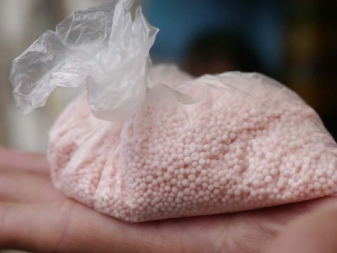
Urea (urea)
The product is produced with the “A” and “B” markings. The first type is used in the industrial sector, and the second is intended for the agricultural sector. Urea is odorless white or yellow crystals. The nitrogen content is 46%, and all this amount is in the nitrate form. The domestic industry produces urea in crystals and in tablet form.
Urea is the richest nitrogen supplement... The nitrogen contained in it dissolves in water without a trace and does not get into the horizontal layers of the soil. Urea is used as foliar dressing, as it acts carefully, without burning the foliage. This means that fertilization with urea is allowed at the stage of growth and development of vegetation.
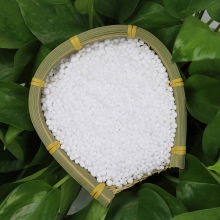
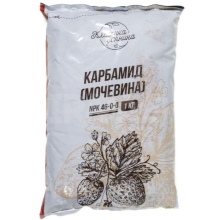

Comparison of properties
Ammonium nitrate has a number of benefits.
- This is the cheapest nitrogen fertilizer (1 kg / weaving).
- It can be introduced into the soil from the arrival of spring to sub-zero temperatures. Saltpeter is effective even in frozen ground, when organic matter and urea are unsuitable.
At the same time, saltpeter has certain disadvantages:
- not recommended for soils with high acidity levels;
- it should be applied with care so that ammonia does not harm crops;
- it is forbidden to mix with lime, dolomite, peat and add superphosphate - fire is likely;
- not suitable for spraying due to the risk of burning the foliage;
- saltpeter is explosive, it is important to know how to transport and store it.
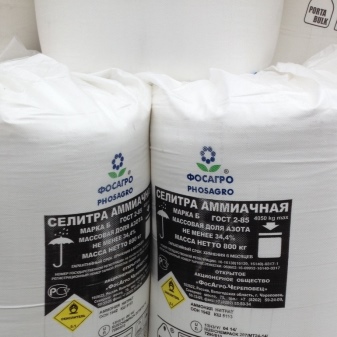
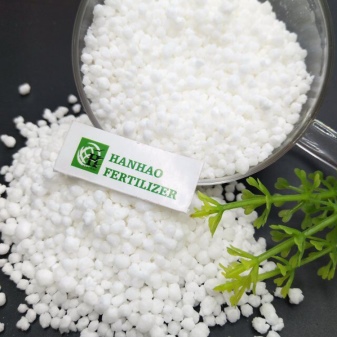
Urea has obvious benefits:
- quickly absorbed by plants;
- at the correct dosage rates through foliar feeding, foliage burn is excluded;
- highly effective on all types of soil, at different levels of acidity;
- easily applied in different ways at any time;
- easily transported and stored.
The following facts point to the disadvantages of fertilizing:
- when urea is introduced into humus, substances need more time to come into effect;
- when urea comes into contact with seeds, it is possible to reduce their germination;
- useless in cold soil.
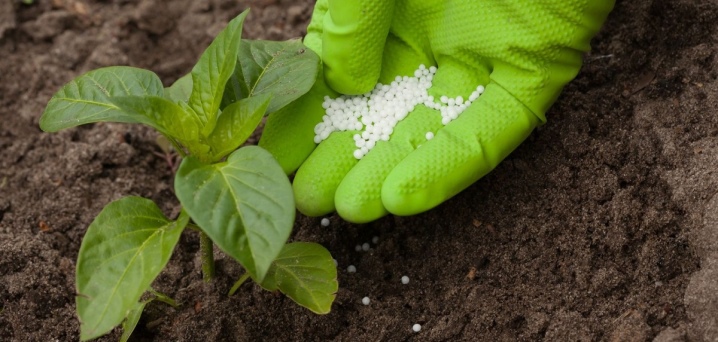
Both substances are considered especially demanded fertilizers with nitrogen, but there is some difference between them. These products contain different amounts of nitrogen: carbamide - 46%, and nitrate - 34%. Urea is allowed to be used for spraying foliage, and saltpeter is applied exclusively to the soil. Urea is milder. The main difference lies in the fact that ammonium nitrate is a mineral substance, while urea is an organic compound. Plants do not assimilate nitrogen from it as quickly as from saltpeter, but the nutrition is more prolonged.
When feeding with saltpeter, the acidity of the soil as a whole increases, and urea does not change this indicator in any way.
In this regard, acidified soils and crops that cannot tolerate an acidic environment are only suitable for urea.
Treatment with nitrate is more effective, since it contains nitrogen in two forms. However, saltpeter is an explosive substance and requires special storage and transportation conditions. Urea is sensitive only to moisture.
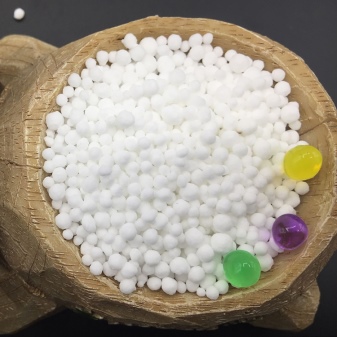
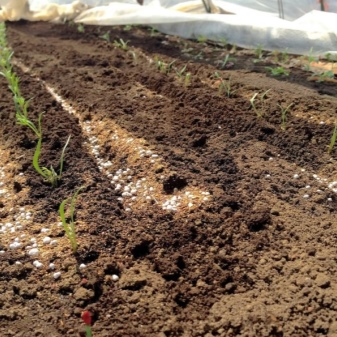
Which is better to use?
Much in this matter is decided by certain conditions and requirements in relation to fertilization. A high demand for saltpeter is observed among agronomists involved in planting grain crops. Thanks to saltpeter, it is quite possible to get an increase in the yield of up to 4 centners per hectare. In autumn, fertilizer is applied to humus for plowing, and in spring during cultivation.
If it is necessary to introduce more than one fertilizer in parallel with ammonium nitrate, the components are mixed immediately before the introduction.

Urea is used on acidic soil and in those areas where plants grow that do not recognize an acidic environment. Urea is preferred for foliar spraying.
Advise which fertilizer to choose - urea or ammonium nitrate - somewhat wrong. In each case, the choice of fertilizer is based on the purpose of the application. For more efficient plant growth, saltpeter is suitable, and for a high-quality crop, urea is suitable.
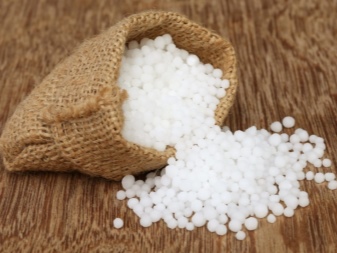














The comment was sent successfully.